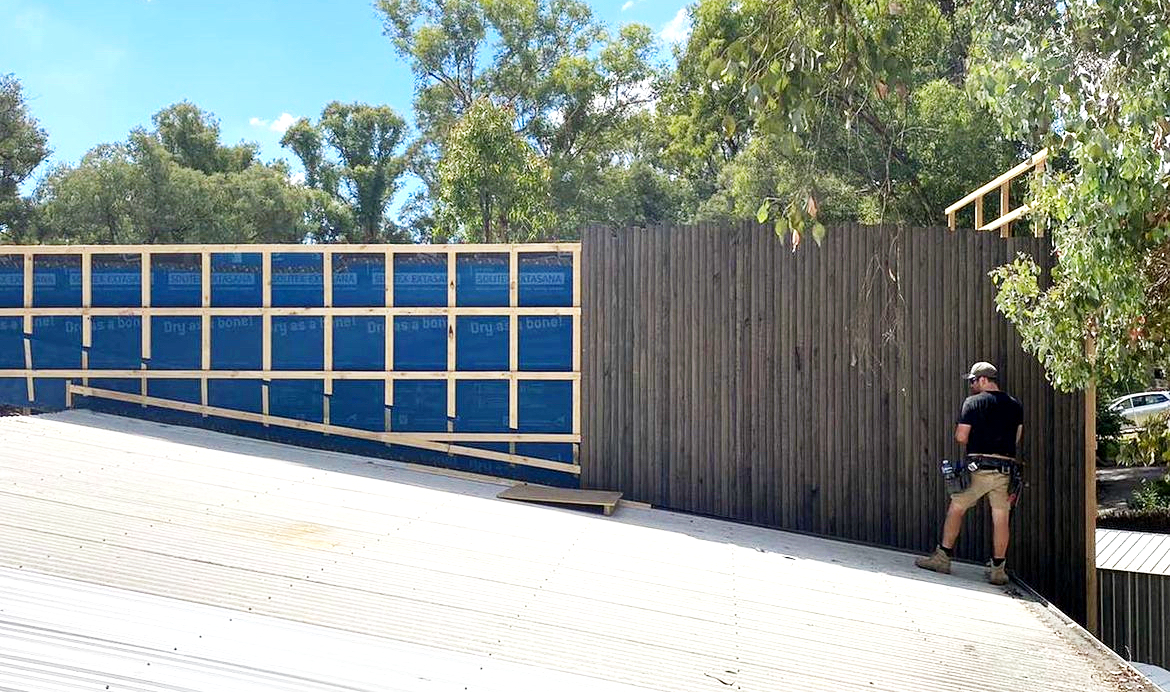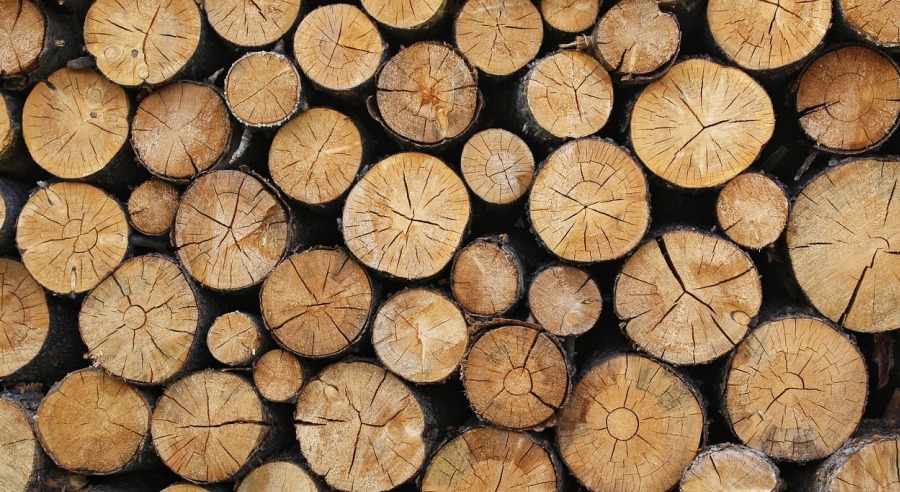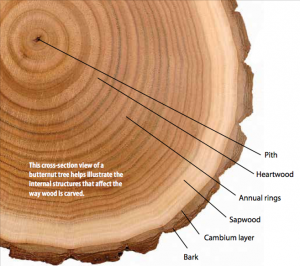


Understanding Timber Properties
Developing an understanding of the behaviour and properties of timber will provide an increased knowledge that can be applied when making decisions relating to the required performance of timber. In general, there are two main factors which influence a timbers in-service performance. The first is the natural durability of the particular species, and the other being the degree of hazard to which the timber is exposed.

The Main Properties Of Timber.
Strength
It may be necessary to specify a particular structural grade for timber to be used. Considerations here are strength in bending, shear and direct compression
Hardness
The hardness of wood refers to its resistance to wear or abrasion, its resistance to indentation and difficulty of sawing & planning. The Janka scale ranks all wood for hardness.
Durability
Most timber species are categorised into
one of four natural durability classes. These classifications represent an assessment of the combined risk of decay and termites. Classes range from Class 1 for highly durable to Class 4 non durable (Refer to other fact sheet Understanding the different durability ratings of timber)
Density
In a general sense, density is defined as mass per unit of volume. Higher the density, stronger the timber.
Fire Resistance
The correctly chosen species of timber should have high resistance to fire and have the correct Bal rating (bushfire attack level) required for the location. The Bal ratings are
12.5, 19, 29, 40 & Bal FZ (Flame zone)
Grain
Grain: The grain structure varies from species to species. It also refers to the general direction, size and arrangement of the wood cells and may be used to broadly describe the timber’s appearance
Shrinkage & Swelling
The percentage of shrinkage and swelling varies from species to species. Shrinkage starts when cell walls of timber start to release water. Timber swells when cell walls absorb water from moisture in the atmosphere.
Thermal Properties
Completely dry wood expands with heat and contracts on cooling. The thermal expansion of wood is generally insignificant. When thermal expansion does occur, it is about 5 to 10 times greater across the grain than along it.
Sapwood
Sapwood: is the outer light-coloured portion of a tree trunk through which the water passes from the roots to the leaves. The sapwood is less durable than the heartwood. Generally most of the sapwood is removed in finished timber profiles.
Heartwood
Heartwood is the central, more durable harder core of the trunk. In most timber the heartwood can be distinguished from the sapwood by its darker colour.


